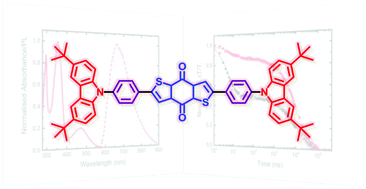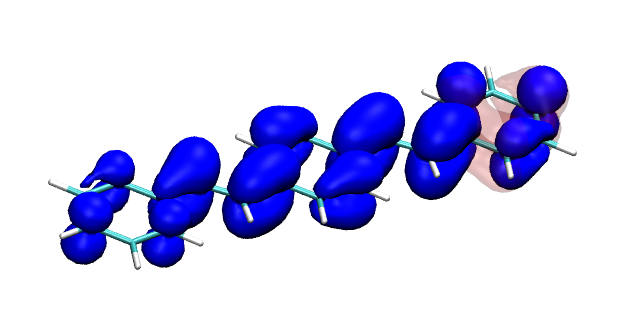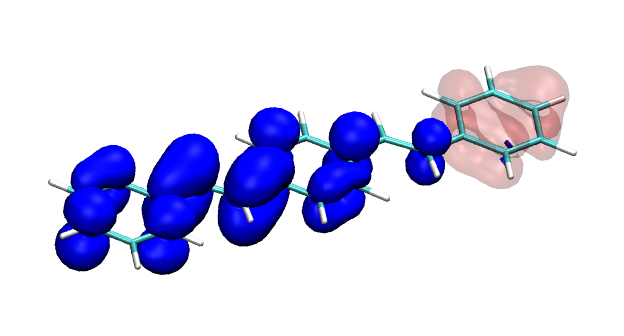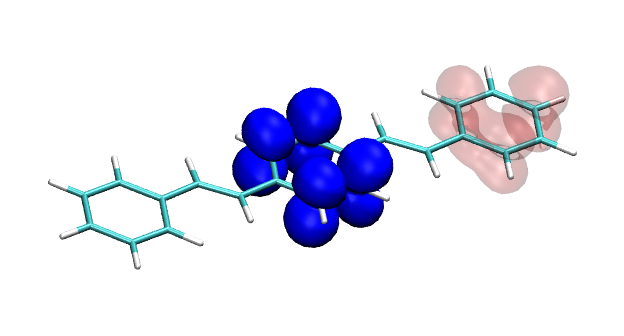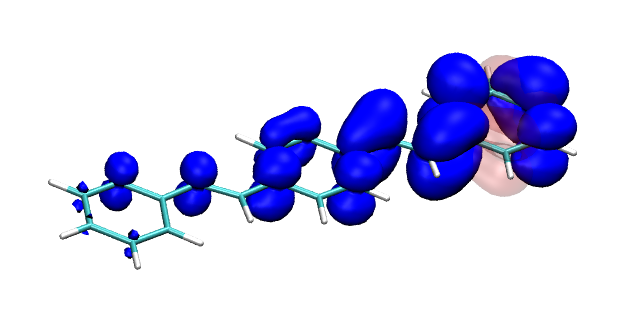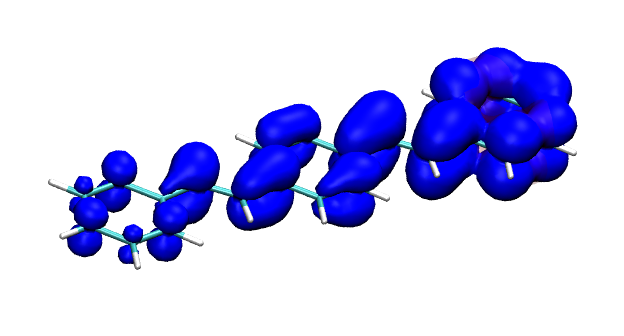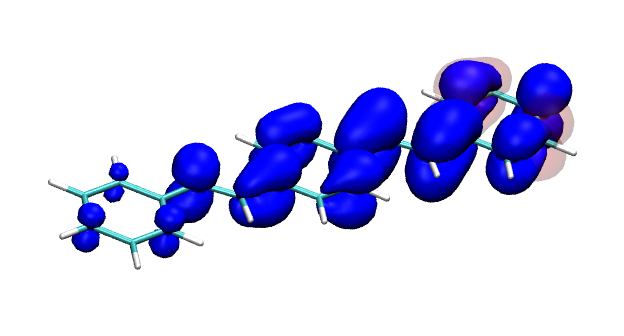The challenge about running photodynamics simulations is that the computational cost is often so high that one might have to compromise in terms of the electronic structure method used. One is tempted to just check the vertical excitations at one geometry and run the dynamics if those look alright. How this can go wrong is investigated in the paper “The Influence of the Electronic Structure Method on Intersystem Crossing Dynamics. The Case of Thioformaldehyde” that just appeared in JCTC. Take a look if you are interested.
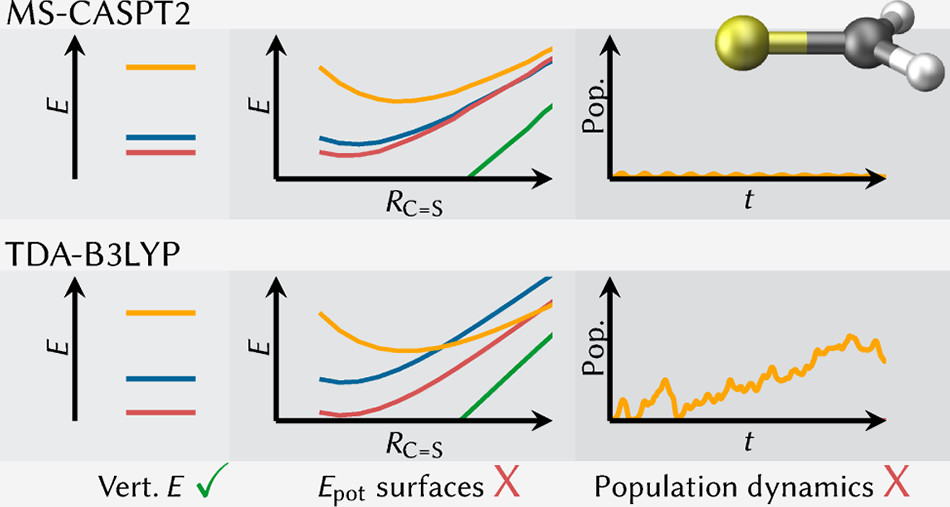
Copyright 2019 American Chemical Society.
